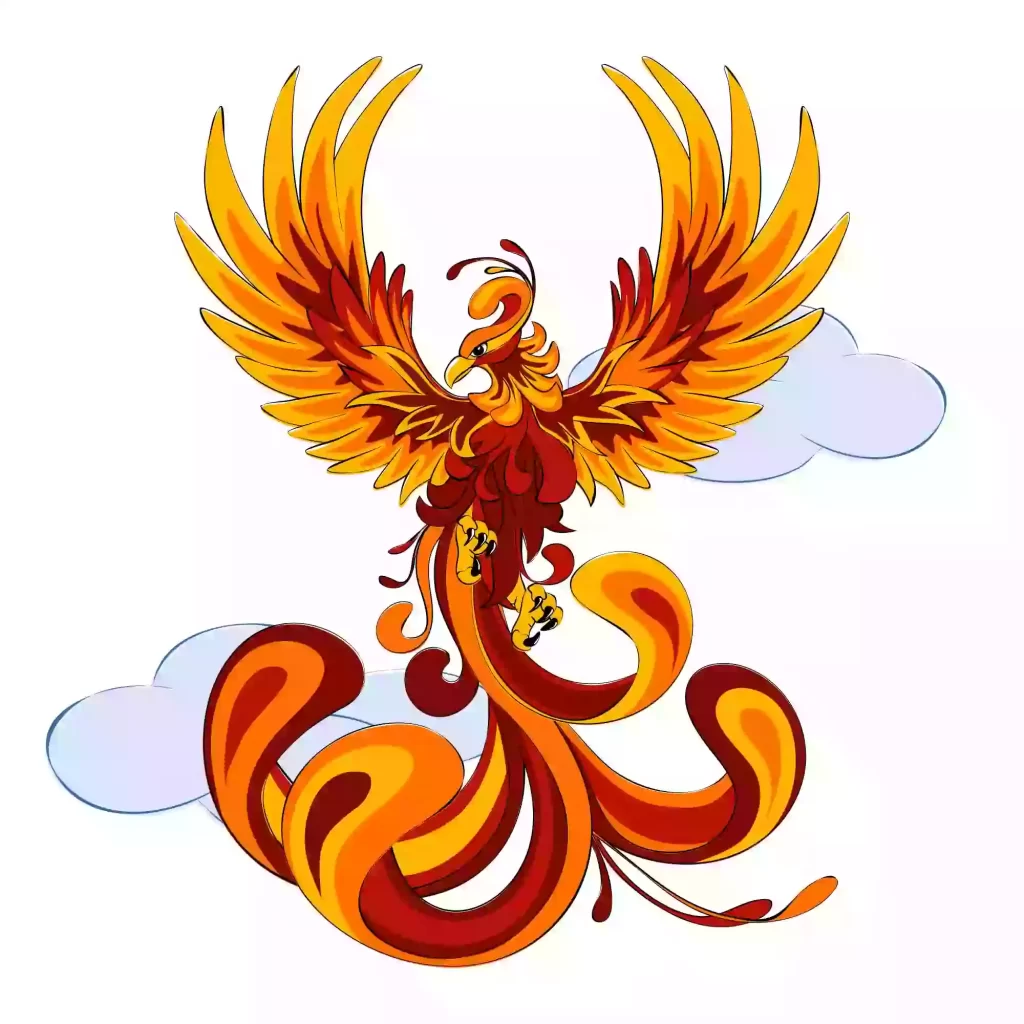Dragons and phoenixes are two well-known mythical creatures, but their characteristics vary across cultures. Dragons are associated with power, strength, and good fortune in Chinese mythology, while Western cultures portray them as malevolent creatures linked to evil and destruction. Phoenixes represent immortality and rebirth, and are associated with the sun in Greek and Egyptian mythology. Dragons are difficult to defeat due to their strength and control of the elements, while phoenixes are difficult to kill due to their immortality. Both creatures are highly respected in their cultures and have their own unique strengths and weaknesses.
Comparing Dragons vs. Phoenixes: Strengths and Weaknesses in Mythology
Introduction
Dragons and phoenixes are two of the most well-known and beloved mythical creatures in folklore across the world. Both these creatures have been associated with different cultures and their characteristics have varied accordingly. In this article, we will compare and contrast the strengths and weaknesses of these two fascinating creatures.
Origins and Mythology
Dragons are usually associated with Chinese mythology, although they can be found in many cultures, including European and Middle Eastern. In Chinese mythology, dragons are considered to be powerful and benevolent, often associated with the emperor and imperial authority. They are also seen as symbols of power, strength, and good fortune. In contrast, Western cultures have characterized the dragon as a malevolent creature, often associated with evil and destruction.
Phoenixes, on the other hand, have roots in Greek and Egyptian mythology. They represent immortality and rebirth, as they were believed to die and then rise from their ashes. They have been associated with the sun, which is why they often appear in art and literature alongside the sun and other celestial symbols. In Chinese mythology, phoenixes are considered to be symbols of virtue and grace, often associated with the empress and feminine power.
Physical Characteristics
Dragons are typically depicted with scales, claws, wings, and a long, sinewy body. They can breathe fire or ice, depending on the culture. Dragons can also fly, making them difficult to catch or fight. They are often associated with mountains and can control the elements of water and air. In contrast, phoenixes have bright, colorful feathers, and are often depicted in golden, red, or orange hues. They have a bird-like beak and clawed feet. Unlike dragons, phoenixes are not usually depicted with wings, but they can fly. They are seen as symbols of beauty and grace, and are associated with the elements of fire and water.
Strengths
Dragons are known for their incredible strength and ability to control the elements. They are powerful and feared by many cultures, and often associated with royalty and great warriors. They can fly, making them difficult to capture or fight. In contrast, phoenixes are known for their immortality and ability to rise from their ashes. They are seen as symbols of hope and renewal, and their healing powers are revered. They are also associated with the sun which represents life, growth, and warmth.
Weaknesses
Despite their strengths, dragons can be defeated. They are often portrayed as being greedy or prideful, leading to their downfall. They can be killed with special weapons, such as swords or arrows. In contrast, phoenixes are difficult to defeat due to their immortality. However, they can be weakened by a lack of food, leading to a slow decline in power. They can also be killed through self-sacrifice which is necessary for their rebirth and resurrection.
Conclusion
Dragons and phoenixes are two of the most fascinating mythical creatures in folklore, each with their own unique strengths and weaknesses. While dragons are known for their power and control of the elements, phoenixes represent hope and rebirth. Although both creatures can be defeated or weakened, they are often associated with great power and are highly respected in their respective cultures.
